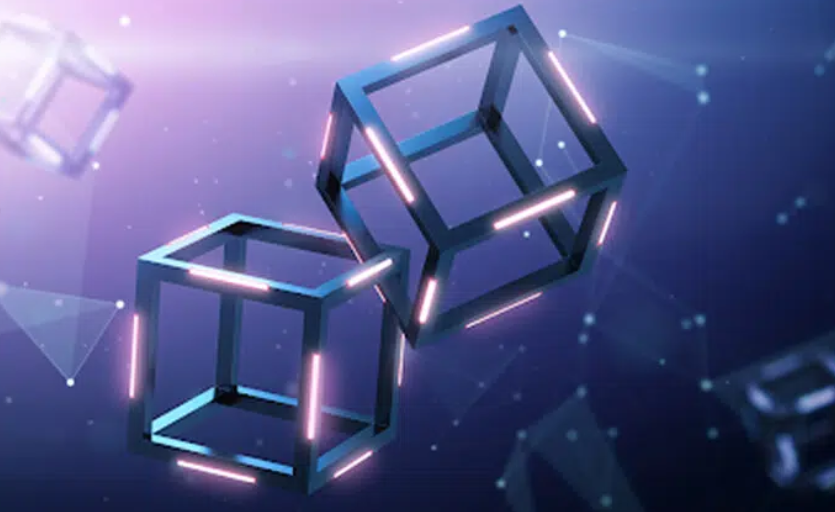
The gaming industry has seen a massive transformation in the past three decades, catapulting itself from a recreational hobby to a huge global economy. Today, millions of users play video games, make in-game purchases, bet and trade on games, and idolize popular gamers. Currently, the gaming market is valued at hundreds of billions of dollars thus leading to the need for blockchain technology in this sector.
Blockchain technology, which emerged in 2009 with Bitcoin, has found itself useful in diverse fields apart from the crypto sector. Today, this technology is being used in games to give them more security through decentralization and digital ownership. A leading example of a blockchain-based game is Cross The Ages.
In this article, we will critically dissect the emergence of blockchain-based games and their prospects.
Understanding Blockchain Technology in Gaming
Blockchain technology is known for its security as well as transparency due to its feature of every block containing transactional data which cannot be altered once it’s locked in. When it comes to conventional games, the developers manage data on central servers that are open to manipulation and attacks. The breakthrough technology of Blockchain counters this problem by offering decentralization i.e. distribution of data over a computer network, which ensures that plates can see and verify ownership and transaction history. This distributed design improves security and trust by removing weak points. Another important advantage of blockchain is the higher security it offers as unchangeable blockchain records protect virtual products and money against fraud and hackers.
Another advantage of blockchain is that participants may interact directly with one another and have greater control over their assets since there is no centralized server controlling the dynamics. By use of non-fungible tokens (NFTs), players may claim actual ownership of their digital commodities by trading or using them across many games and platforms.
Blockchain gives players more power, improves game security, and allows real ownership of digital products. Now, gamers may engage more deeply, and games can advance in novel ways.
The Shift from Entertainment to Culture
Gaming has grown from a simple pastime to a significant part of our culture that unites people worldwide and generates enormous profits. Major events like gaming conventions, esports championships, and well-known influencers and streaming platforms demonstrate how important gaming is these days.
Blockchain technology represents gaming’s next big step. It allows players to own digital products and participate in the game’s development and economy. Their in-game assets have actual worth because blockchain allows users to buy, sell, and exchange them.
Axie Infinity and The Sandbox are two games that show this. Players may own unique digital items and make money off of them. Through its ability to influence game development and evolution, blockchain allows players to actively engage rather than just watch. As such, everyone taking part finds gaming more captivating and fascinating.
Blockchain Impact on Gaming
Gaming is improving even more as blockchain technology provides secure ways to manage digital assets and transactions. Unlike traditional games, where centralized servers might be hacked, blockchain guarantees security by spreading data across many machines.
Direct communication and trading between players made possible by decentralization create more transparent and fair game economics than when game makers control every aspect.
Gamers are given ownership of their digital products through non-fungible tokens, or NFTs. You may therefore use, trade, and own these unique objects in various games. For example, players of “Axie Infinity” and “The Sandbox,” may buy, sell, and use in-game items without limitations.
In other words, blockchain gives gamers more authority, enhances security, and allows them to own their digital assets, enhancing and engaging the gaming experience.
Cross The Ages: Blockchain-based Game
Launched in 2020, Cross The Ages is an interactive multimedia event that blends science fiction and futuristic fantasy with blockchain technology. It includes books, comics, games, esports, animation, and collectibles all interwoven in a sophisticated story universe.
Cross The Ages is a virtual trading card game where players discover rich mythology and participate in strategic gameplay. The combination attracts readers of fantasy and science fiction. Blockchain technology, via NFTs, is crucial to Cross The Ages and gives participants true ownership of their digital assets. The game becomes more engaging and rewarding when players can trade, sell, and earn rewards.
Animoca Brands recently led a funding round that secured $3.5 million, bringing Cross The Ages total funding to $23.5 million. This money will help to expand the game and its world. They said listing their tokens on well-known exchanges during the Token Generation Event (TGE) would improve the game’s economic foundation.
With more than 400,000 downloads since its release, Cross The Ages has 148,000 active monthly users. Accompanying global environmental developments, the game promotes renewable energy.
Future of Blockchain Gaming
With time, Blockchain technology is set to seep into more games as developers are realizing its importance. The use of blockchain technology will enable users to understand and appreciate digital ownership and transparency through decentralization.
The security and openness of blockchain will provide a more reliable and safer gaming environment, which will continue to attract developers and players. With time, new technologies like virtual and augmented reality, extended reality (XR), and artificial intelligence (AI) will lead to even better blockchain games.
Everything considered, blockchain gaming is predicted to grow rapidly as new technology improves game immersion and importance. When blockchain, XR, and AI collaborate, game experiences will improve, and the digital economy and gaming will change.



